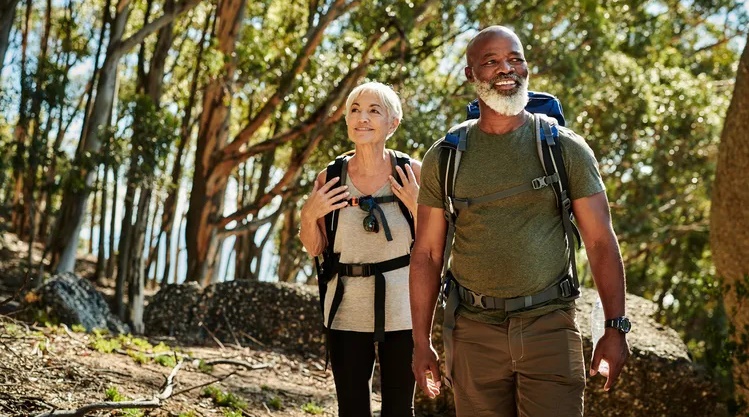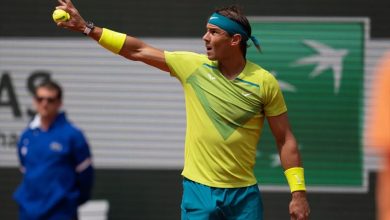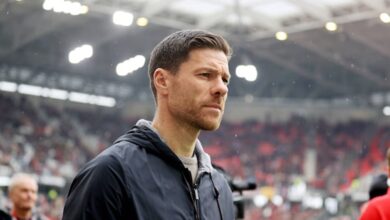Why age-related muscle loss is dangerous

Increased risk of falls, restricted mobility and muscle pain: These are just a few of the risk factors associated with age-related muscle loss. This process can be slowed down by exercising regularly and strengthening the most important muscle groups.
“The older, the doller,” advises sports expert Ingo Froboese. The more exercise the body gets, the fitter it stays. Therefore, it is never too late to start training and counteract age-related muscle loss. Which sports are particularly suitable for this and what role diet plays in this.
Why the body needs strong muscles
While strong muscles at a young age score points above all visually, they become important health protectors with increasing age. A strong and trained musculature stabilizes, supports and protects the skeleton, promotes coordination and mobility and supports the sense of balance. All of this is important to prevent falls – which often lead to people becoming bedridden in old age.
“In addition, regular muscle training keeps the body flexible, prevents shortened muscles and counteracts tension and muscle cramps,” says Professor Ingo Froboese, University Professor for Prevention and Rehabilitation in Sport at the German Sport University in Cologne. “Strong muscles are essential for independence and mobility in old age. Climbing stairs, getting to the bus quickly, carrying shopping bags, cleaning, getting dressed or turning on bottles – impossible without strong muscles.”
With age, the body loses muscle
You have to do something to keep your muscles intact. Because: From around the age of 30, the natural breakdown of muscle mass begins. Doctors speak of sarcopenia. If nothing is done about it, around 30 percent of muscle mass will be lost by the age of 70. Muscle training therefore becomes more important with increasing age. According to Froboese, the best thing for health in general is to be active throughout life. Muscle training is always part of a healthy body.
professor dr Ingo Froboese is a university professor for prevention and rehabilitation in sport at the German Sport University in Cologne. In his new book “The Metabolism Compass” (ullstein-Verlag), the expert explains the connection between muscles, health and muscle mass in the second half of life.
But the sports expert also has good news for older sports enthusiasts: “It’s never too late to counteract muscle loss in old age. Muscles want to be used. That’s what they’re made for. The worst thing you can do to your muscles is to take it easy. Regular training keeps them resilient, but training isn’t about building mountains of muscle.”
Before the training to the doctor’s check
Anyone who has not been very active so far should have a medical examination before starting training and agree on suitable types of sport, training duration and intensity with the doctor. This is also important if there are underlying diseases, such as arthrosis (joint wear and tear), osteoporosis (bone atrophy) or a heart disease, such as cardiac insufficiency. Gymnastics, hiking, brisk walks, swimming and cycling are usually well suited – also on the home trainer. The rule is: challenge the body, but don’t overtax it.
Strength training or cardio training?
It is important that the training is adapted to the individual health situation and performance and is gradually increased. The chosen sport should also be fun. That’s the only way to keep going. Many find motivation in groups, for example in hiking groups, swimming courses, back courses or on cycling trips. According to the sports expert, a mixture of endurance and muscle training is best. Endurance sports strengthen the cardiovascular system, strength training strengthens the muscles and stabilizes the skeleton.
“Regular exercise also has the advantage that it supports bone metabolism and the supply of nutrients to the joints. It is not for nothing that exercise is an important therapy component for both arthrosis and osteoporosis,” says Froboese. “Even everyday exercise such as climbing stairs strengthens the muscles and should not be underestimated.”
Eating right for the muscles
Nutrients are also needed for functioning muscles. Minerals such as calcium, magnesium and potassium are just as important as proteins. The nerves need minerals to transmit commands to the muscle fibers. The muscles themselves need minerals to contract, stretch and relax. Bone metabolism is also dependent on sufficient calcium and vitamin D. Proteins are important so that the muscles are preserved, repair mechanisms can be carried out and muscles can be built up. The recommendation of the German Society for Nutrition is one gram of protein per kilogram of body weight for people over 65 years of age.



